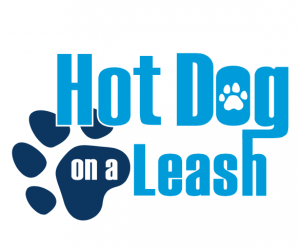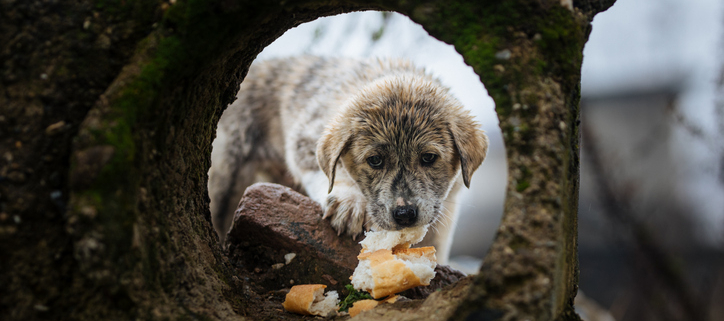Recognizing the Signs of Starvation in Dogs: A Guide for Pet Owners
As responsible pet owners, it’s crucial to be vigilant and attentive
to the well-being of our canine companions. One significant concern is
the possibility of starvation, a serious condition that can have
detrimental effects on a dog’s health and longevity. Recognizing the
signs of starvation in dogs is essential for prompt intervention and
treatment to ensure their welfare.
One of the most noticeable signs of starvation in dogs is weight loss
and a visibly emaciated appearance. When a dog is not receiving
adequate nutrition, their body will start to break down fat and muscle
tissue for energy, resulting in a noticeable decrease in body mass.
Additionally, dogs experiencing starvation may exhibit behavioral
changes such as lethargy, weakness, and decreased activity levels.
They may also become increasingly food-focused, begging or scavenging
for food even when they have been fed.
Other signs of starvation in dogs include a dull, dry coat, sunken
eyes, and visible signs of malnutrition such as protruding ribs, hip
bones, and spinal vertebrae. Pet owners need to monitor their dog’s
food intake and body condition regularly to identify any signs of
malnutrition or starvation promptly. If you suspect that your dog is
experiencing starvation or nutritional deficiencies, consult with your
veterinarian immediately for a thorough evaluation and appropriate
treatment plan. With proper care and intervention, dogs can recover
from starvation and regain their health and vitality.



